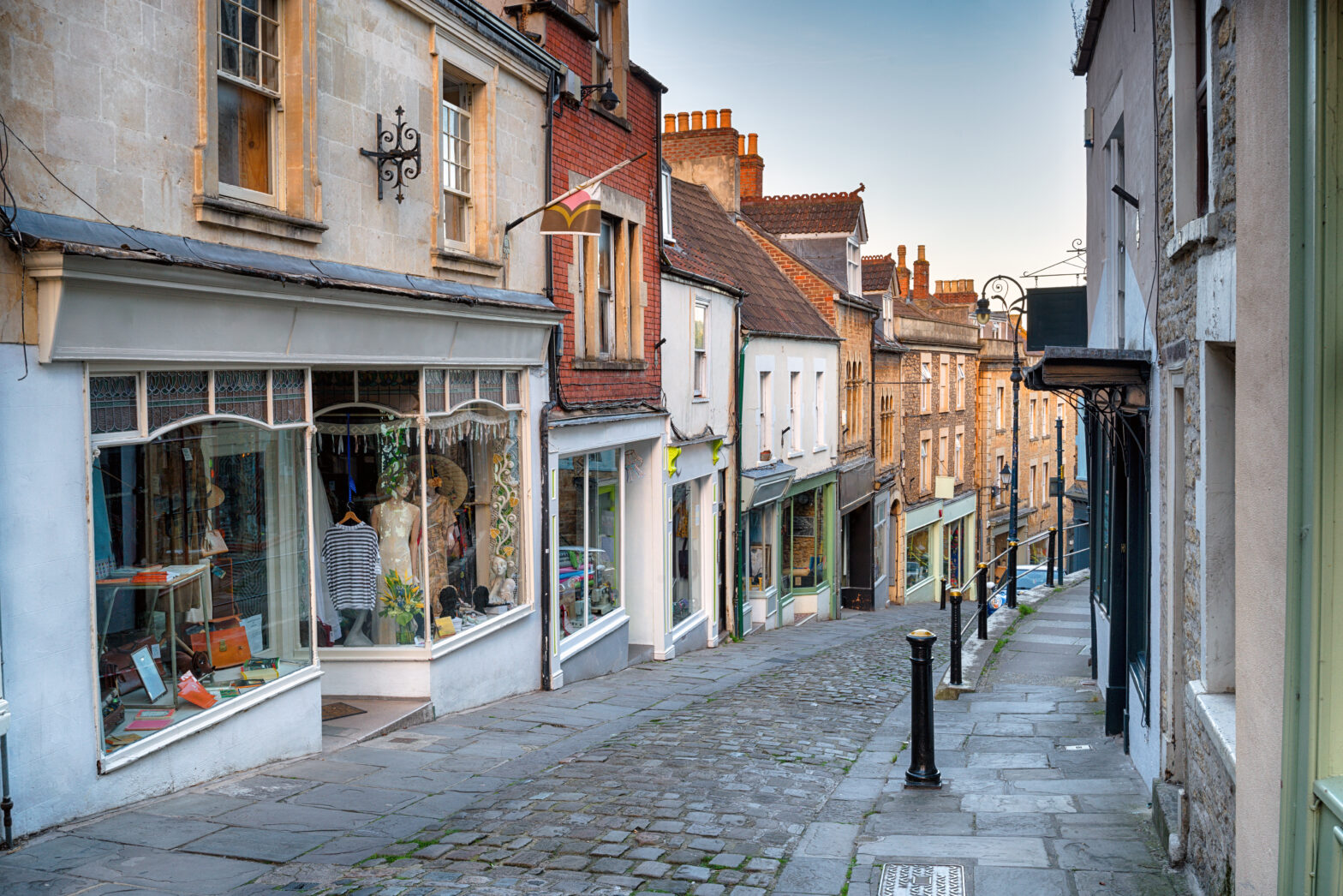Mary Portas, of retail turnaround fame, has published her recommendations on what can be done by the government, local authorities and businesses to help high streets become ‘exciting social hubs for shopping, learning, socialising and having fun’.
Unfortunately for small traders, in the eyes of many consumers this describes the characteristics of the massive out-of-town shopping centres that have robbed the high street of much of its business over the years.
Furthermore, it’s pretty fair to say that online shopping has, in recent times, increasingly wrenched trade away from the brick-and-mortar establishments, as well as the wider internet fulfilling the ‘learning, socialising and having fun’ part to boot. Now, one in three UK small companies see e-commerce as a threat to their business, finds the Epson Business Council research of 1,250 company leaders.
Retail analyst Maureen Hinton points out that with retail growth halving every decade since the 1970s there was bound to be a fallout as the sector reached maturity. This, combined with the impact of online shopping has led to an oversupply of space. But while these factors are behind high street decline, the main reason is simply that consumers shop differently now to the way they shopped even ten years ago.
Hinton adds, ‘To produce a relevant and vibrant town centre, a planner needs to assess the wants and needs of the local community, their shopping habits now and what impact demographic and economic factors will have on their future attitudes. As the report suggests, the future town centre will not have to be just about retail but the needs of the local community.’
Also see: Local shops join forces to save the high street
There is a sense that Portas’ proposal of getting town centres running like businesses by strengthening the management of high streets through new ‘Town Teams’ doesn’t quite have the customer at the heart of the discourse. It is hard to imagine those who shop exclusively online, for instance, being lured into town on the strength of the hiring of a team of lackeys purported to make the experience easier for them.
It is only when we get to ‘Give communities a greater say by greater inclusion of the high street in neighbourhood planning and encouraging innovative community uses of empty high street spaces’ do we get to the crux of the matter. The revival of the high street relies on a shift in attitudes on the part of communities, and only when the community is consulted and feels engaged in the debate can the necessary shift in habits occur. Let’s hope it’s not too late to change those shopping habits that are close to becoming dangerously ingrained.





